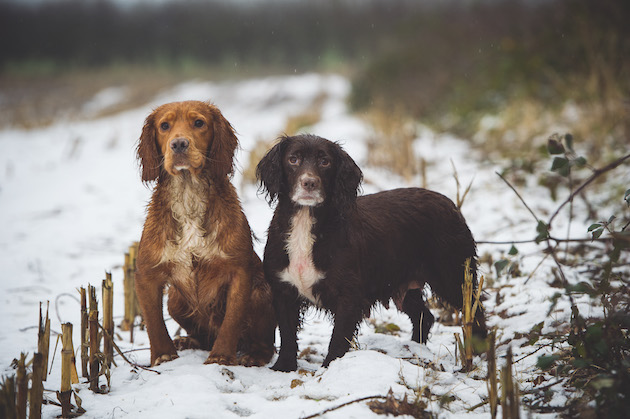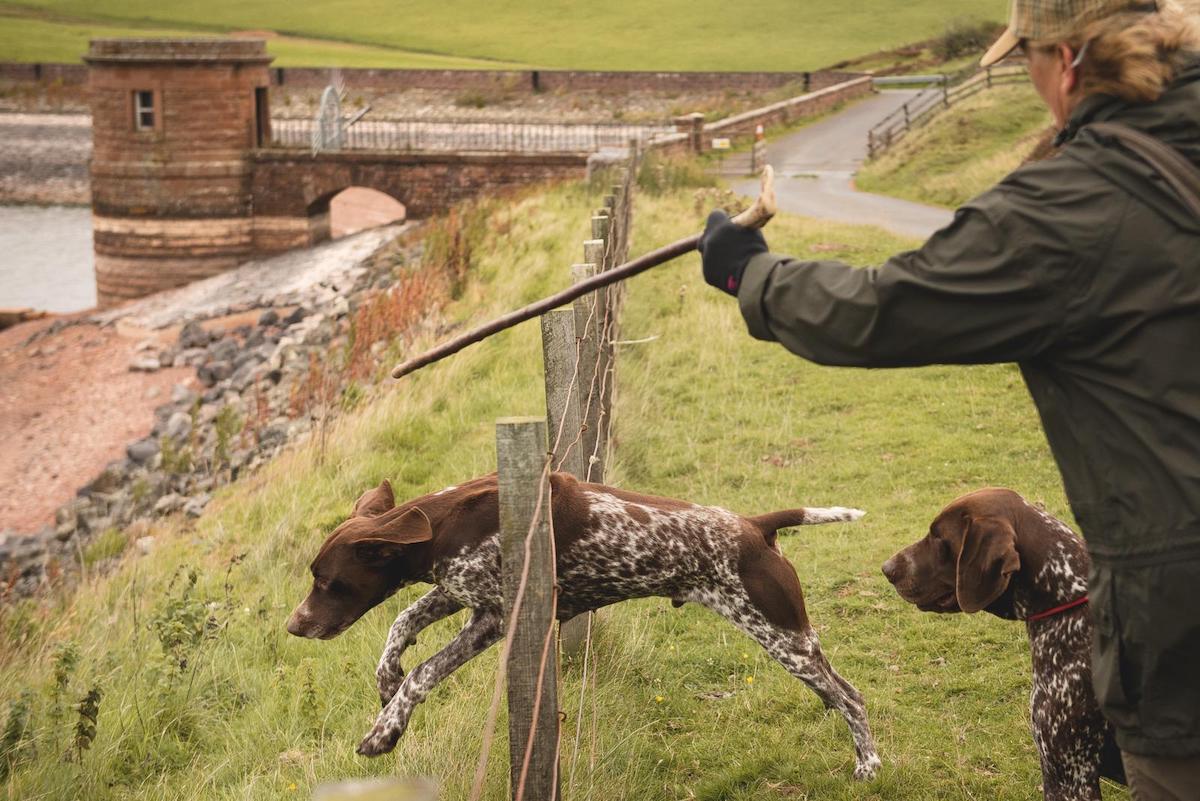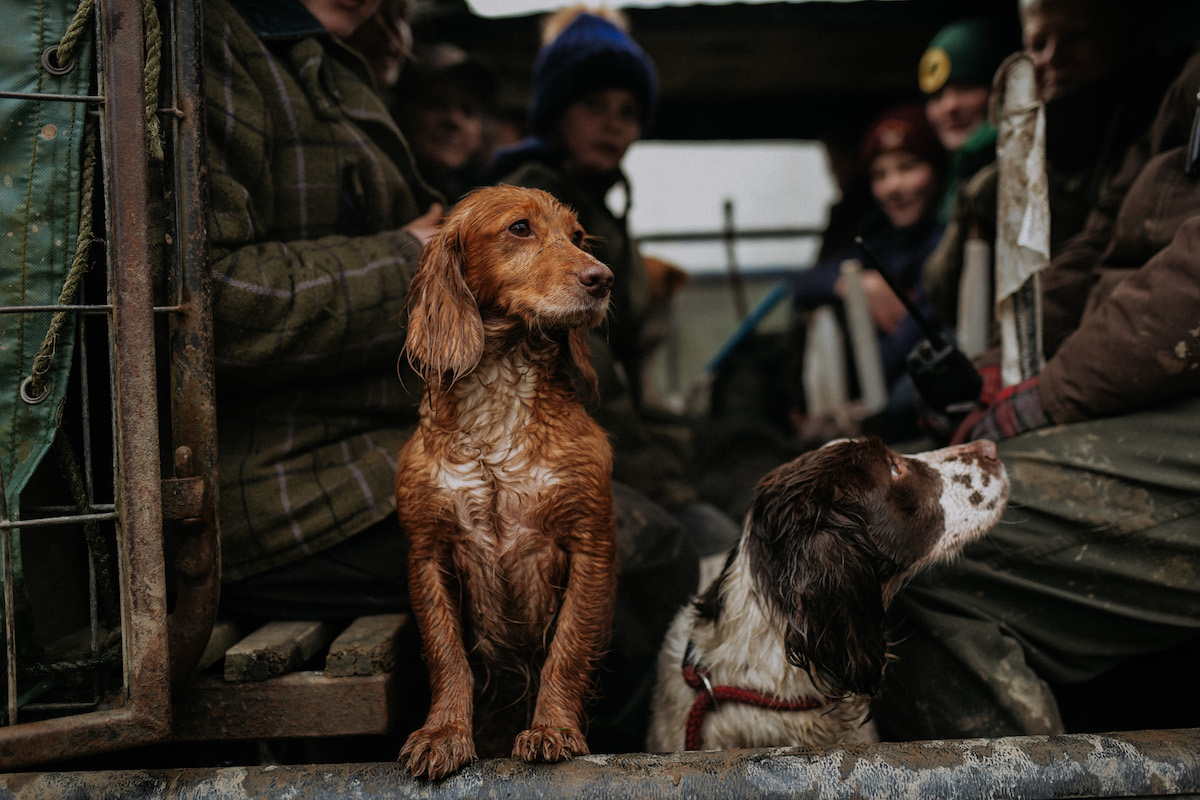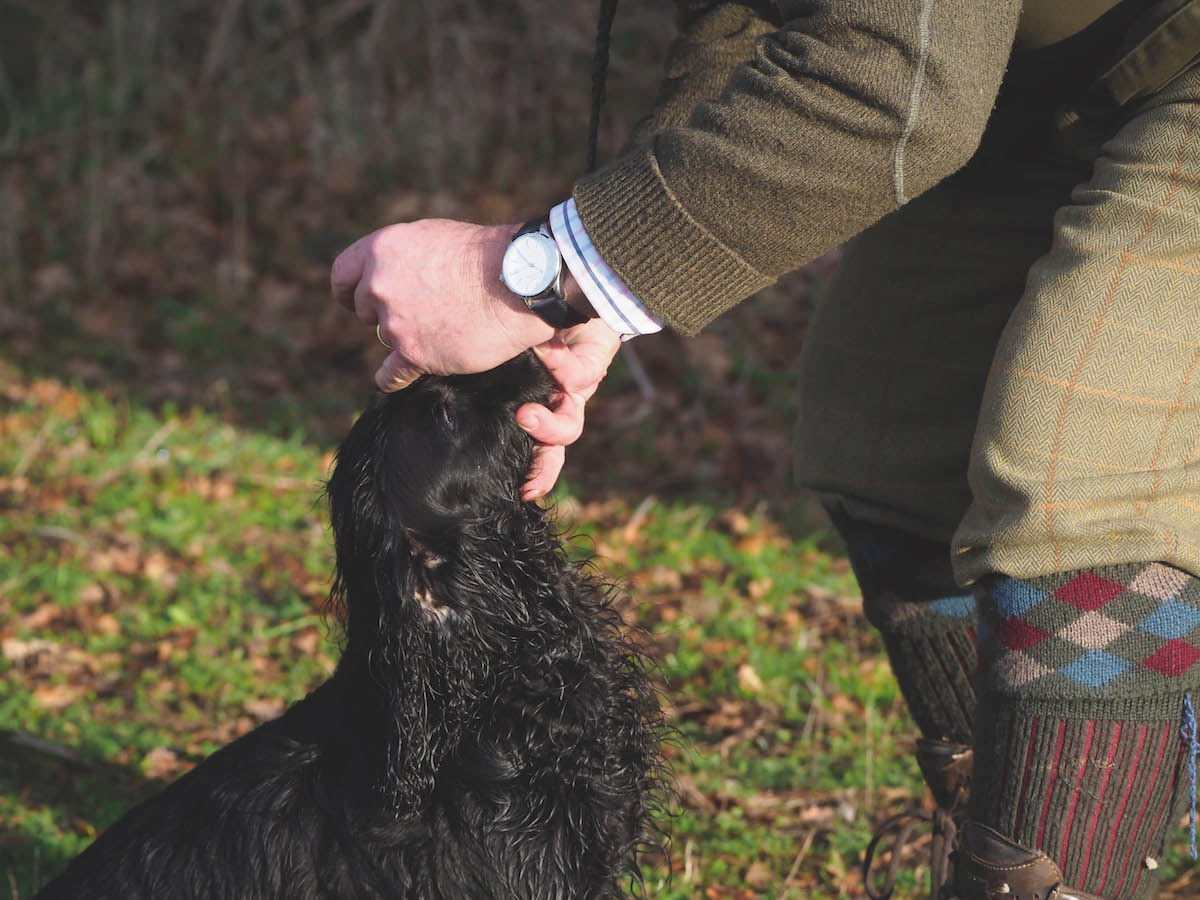Looking after dogs in the cold
What you need to know about being a responsible and caring owner

Very young and older dogs tend to be less tolerant of extremes in temperature
Can dogs suffer from the cold in winter? What are the signs to look out for and how best can we help them cope? (Read about hypothermia in dogs here.)
Looking after dogs in the cold
Dogs adapt remarkably well to living in extreme climates. Most of the breeds that we are familiar with are similarly worked in parts of the US and northern Scandinavia, where they experience much greater temperature fluctuations than in the UK.
A dog’s tolerance of cold conditions will mainly depend on the breed, coat type and age. Shortcoated breeds, such as the German shorthaired pointer and the Hungarian vizsla, do not have the dense, insulating coat of the labrador and Nova Scotia duck tolling retriever.
Very young and older dogs tend to be less tolerant of extremes in temperature. Most gundogs are fine in cold weather while they are exercising. It’s when they stop that they can suffer most, particularly if exposed to the wind, which adds to the chill factor.
If it is snowing, and it is especially wet snow, it can be more uncomfortable. Body temperatures lower much faster with any moisture. If a dog is shivering, standing in a hunched position, lifting its paws off the ground, or giving verbal clues — whining or barking — it is likely to be feeling the cold. (Read more about the condition of limber tail which can happen after a dog swims in cold water.)
Notice if your dog starts to shiver and tries to snuggle into you, which is his way of conserving body heat and attempting to share yours. Reactions such as lethargy, weakness or slowed breathing are all signs of hypothermia. (Read how to keep your dog warm in kennels in winter.)
To help combat the cold, consider carrying a dog coat and let the dog wear it, somewhere sheltered, between drives or while waiting for flight. (Read our suggestions for the best dog coats.) Prevent your dog from drinking very cold water, certainly if there is ice. (Read why you shouldn’t let your dog drink chilled water.) Carry a flask of drinking water and allow your dog to periodically quench his thirst. Try not to let the hair on a dog’s feet and between the toes become clogged with snow and ice.
When a dog is cold and wet, dry it off, certainly at the end of the day before you put it back in the car to go home. (Read our advice on whether dog coats are really necessary.)








